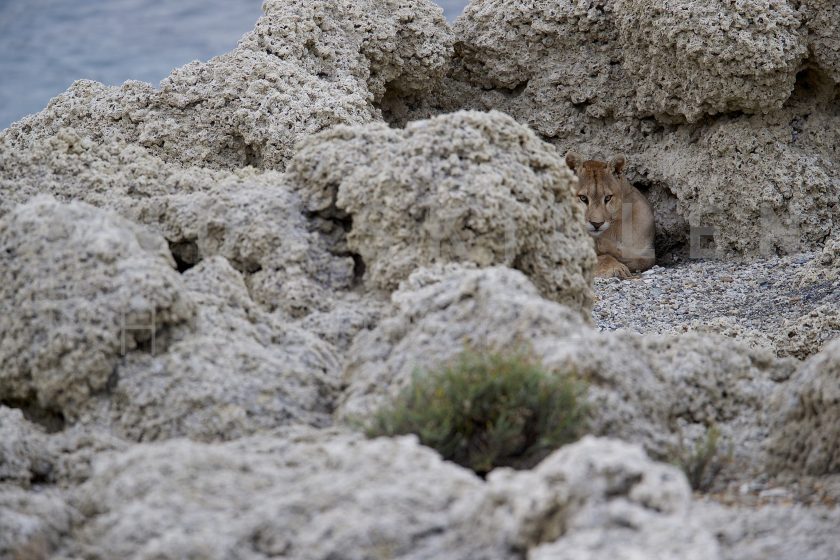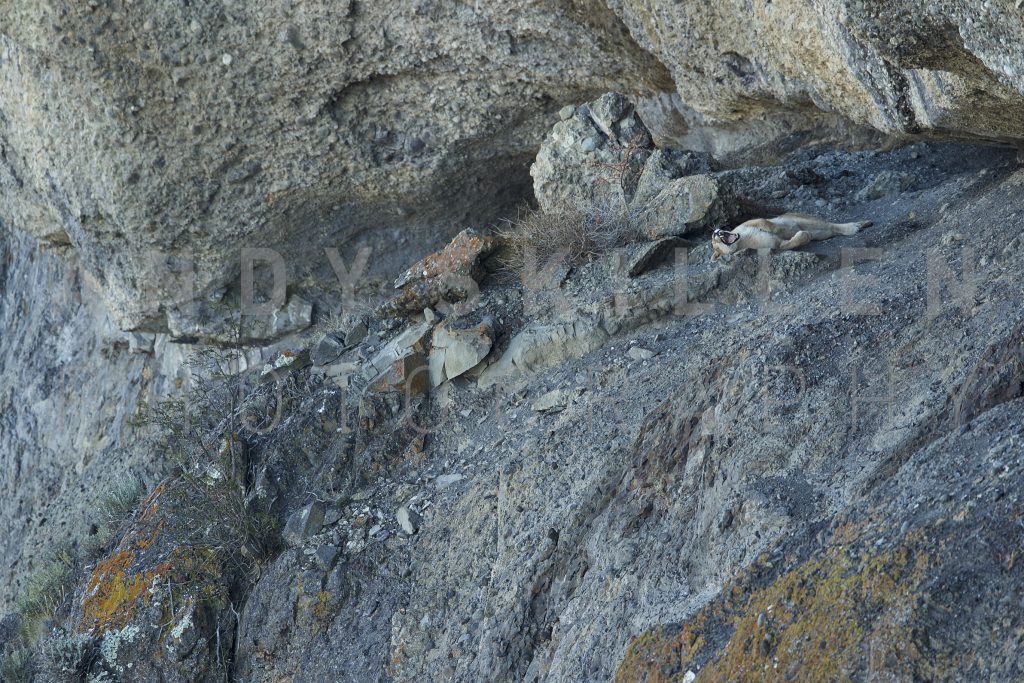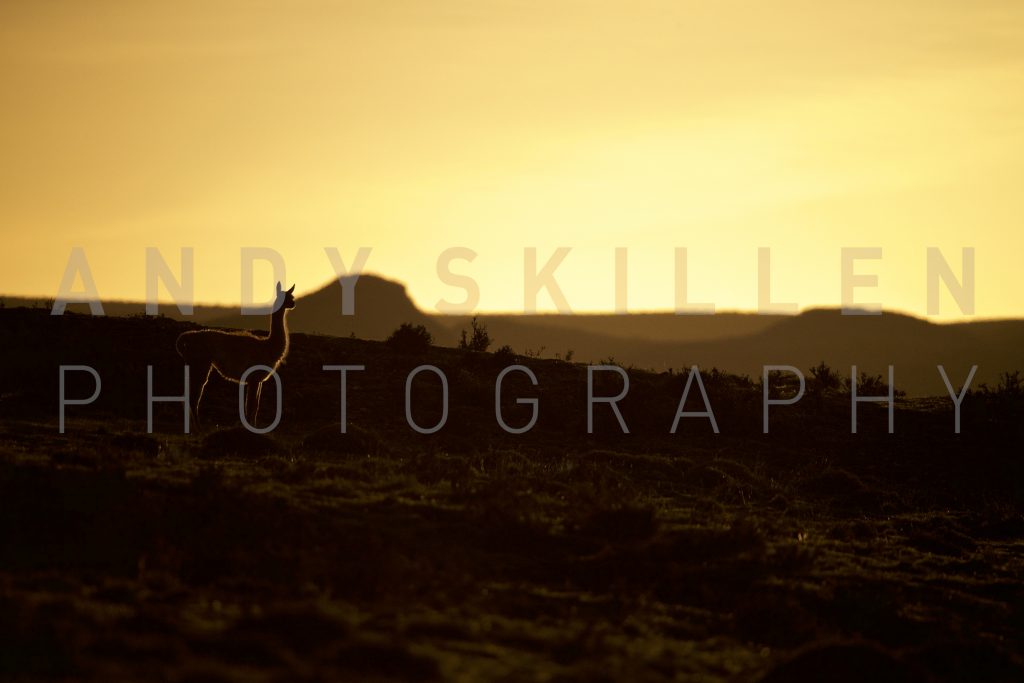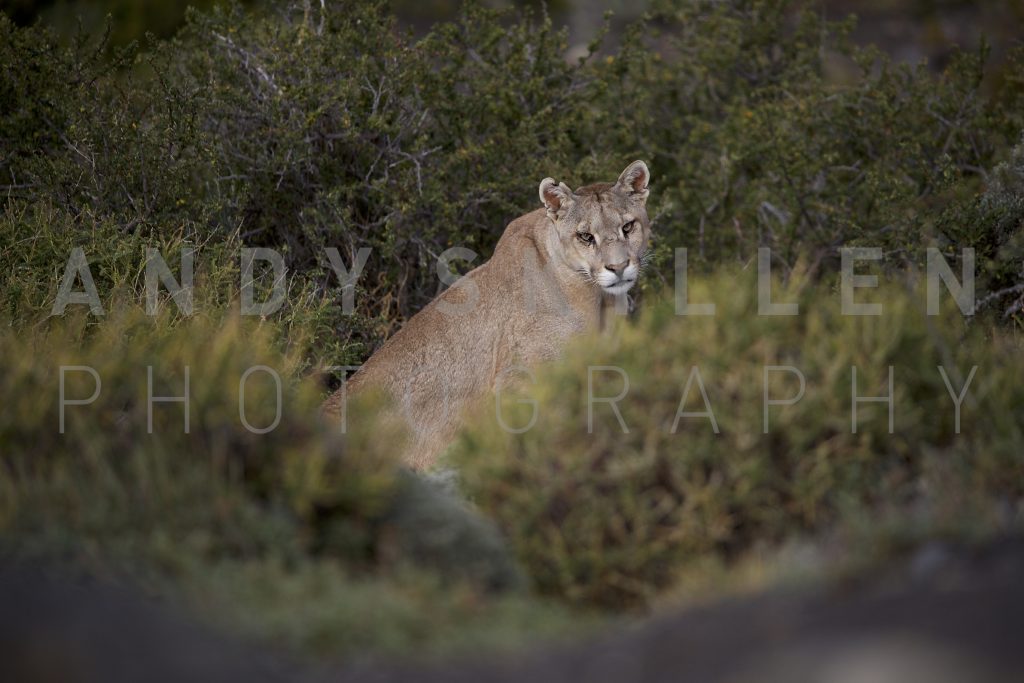As part of a long-running book project, this year I switched my focus to one of the more elusive big cats roaming the planet – the puma. It’s not that they are particularly limited in distribution that makes them difficult to see. In fact, I’d say that other than the leopard (which can be found from the Southern African Cape all the way to the Russian Far East), these sandy-coloured denizens of mountains are the most widespread feline on the planet – well, in the large carnivore sense….I’m excluding your pet cat at home here!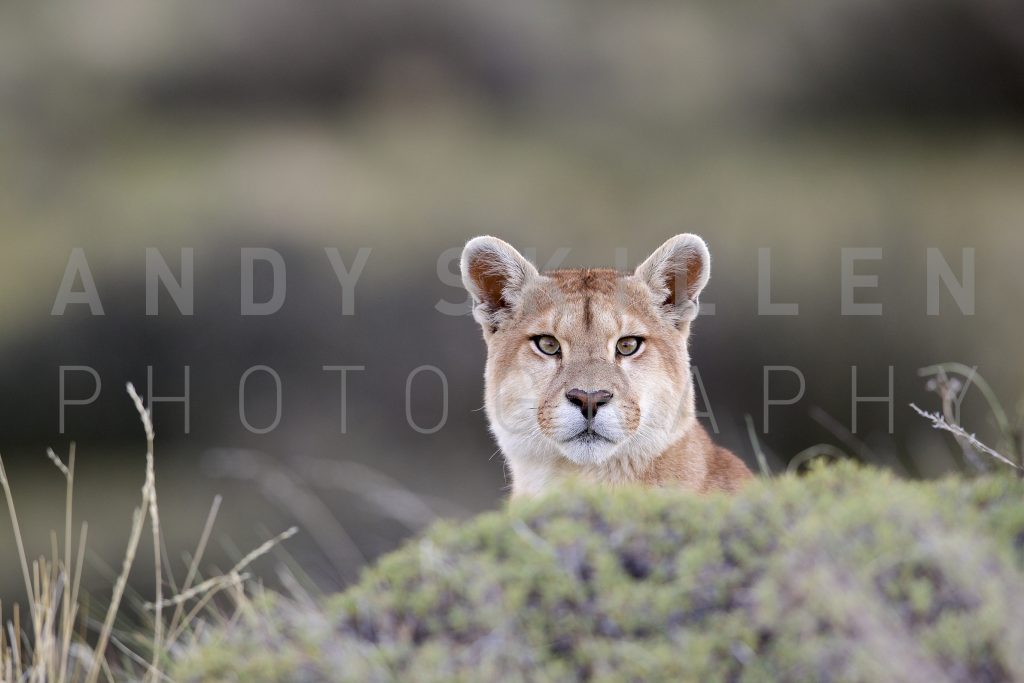
However, despite their relative ubiquity, they remain frustratingly elusive. From the northern reaches of Canada right down to the southern tip of South America, these beautiful cats roam the hills and highlands in stealthy, solitary silence, rarely, if ever, showing themselves to the human population. They grab prey large and small, domestic and wild, and raise litters of cubs in virtual anonymity. This is indeed a cat that simply wants to go about its business and not be seen. But as all the good movies say…if you walk through mountain lion (their other, more poetic name) territory, then you can rest assured that they have seen you even if you have not cast your eyes on them yourself.
So, what could be easier? “Hey Andy, we need, ooh, about 200 or so pictures of pumas doing basically everything in a variety of landscapes – good luck!”. As ever, the blind optimism of the assignment was delivered with a smile and thumbs-up….whilst I started plotting where on earth – literally – I was going to get the right level of access. As you know, for me, the photography has to be on foot: I need to feel the territory beneath my feet and look my quarry in the eye. Great. One of the most elusive cats on earth…on foot….I mean, what could be easier?
Now, three years into the project, and having done all my homework, I decided on an optimal time and place to get started. February was the chosen month, and Chile the chosen location. In recent years, there had been a number of puma sightings in and around the Torres Del Paine national park in Patagonia, and it was here that I would start the project.
Of course, shooting in a national park presents its challenges. Firstly, the volume of human traffic, and, secondly, the restrictions. TDP had imposed rules governing puma viewing (I’ll interchange names…just to keep you awake!) which meant that there was to be no off-trail hiking or active tracking of the cats. Sensible moves of course, based on the fact that bus loads of visitors running up a hill could be, well, a little stressful to say the least. As such, this potential jewel in the crown was not going to be the answer.
Persistence, however, is the greatest asset for a wildlife photographer. I gradually got to know a research organization that was setting up its own permanent puma tracking camp in the region…with the most important point being that it was basing itself in a neighbouring Estancia (farm if you like) that abutted the national park. Separated only by a line on a map, this extension of the terrain was perfect to explore. What is more, the researchers – Panthera – had convinced the owners that their 17000 hectares could ultimately become a major adventure destination if they allowed the pumas to live in peace; hunt and raise families. In what was a breakthrough for the region – arguably for South America in total! – the owners agreed, essentially establishing a huge African-style conservancy of puma-filled wilderness right on the edge of the park.
By staying with the trackers in the (somewhat primitive…don’t even ask about the toilet!) camp, I was able to get unfettered, off-road access and roam the entire property. Up and down hills and valleys, to lake shores and gorges, across plateaus and through thick bush, we drove as much as we could in a 4×4, dropping trackers on the way who stood sentinel-like on the hilltops, watching for movement and listening for guanaco alarm calls. Whenever the radio crackled into life with a sighting, we were off; hauling the gear up and down the slopes to approach the animals and get into position to capture these beautiful, beautiful predators. On foot, staring down the lens barrel at these stunning animals was ultimately one of my greatest wildlife experiences. With 39 sightings and the chance to track and follow the lives of several individuals over the course of the stay, I managed to get, well, let’s say “1 or 2” keepers 😉 In fact, it was ultimately one of the most successful big cat trips I’ve done in recent years, and has really accelerated the project as a result.
Added to that, every day there were multiple encounters with guanaco – the cats’ preferred prey of course – and during the stay, flamingoes, eagles, condors, foxes, rheas and skunks filled the time in between puma sightings. A magical place.
I’ve posted some images on Facebook already, and a few more here and I’ll be releasing one as a limited edition in the Kings and Queens gallery in a couple of weeks. The rest, well, they will have to be on file until the book comes out I’m afraid!
I can’t wait to get back to the stunning quarter of the world and enjoy this privileged, private access to one of the most puma-dense areas anywhere on the planet. If you like, I’ll be able to take 2 or 3 of you with me next time….and even put you in much nicer accommodation! Drop me a line and I’ll give you some details.
